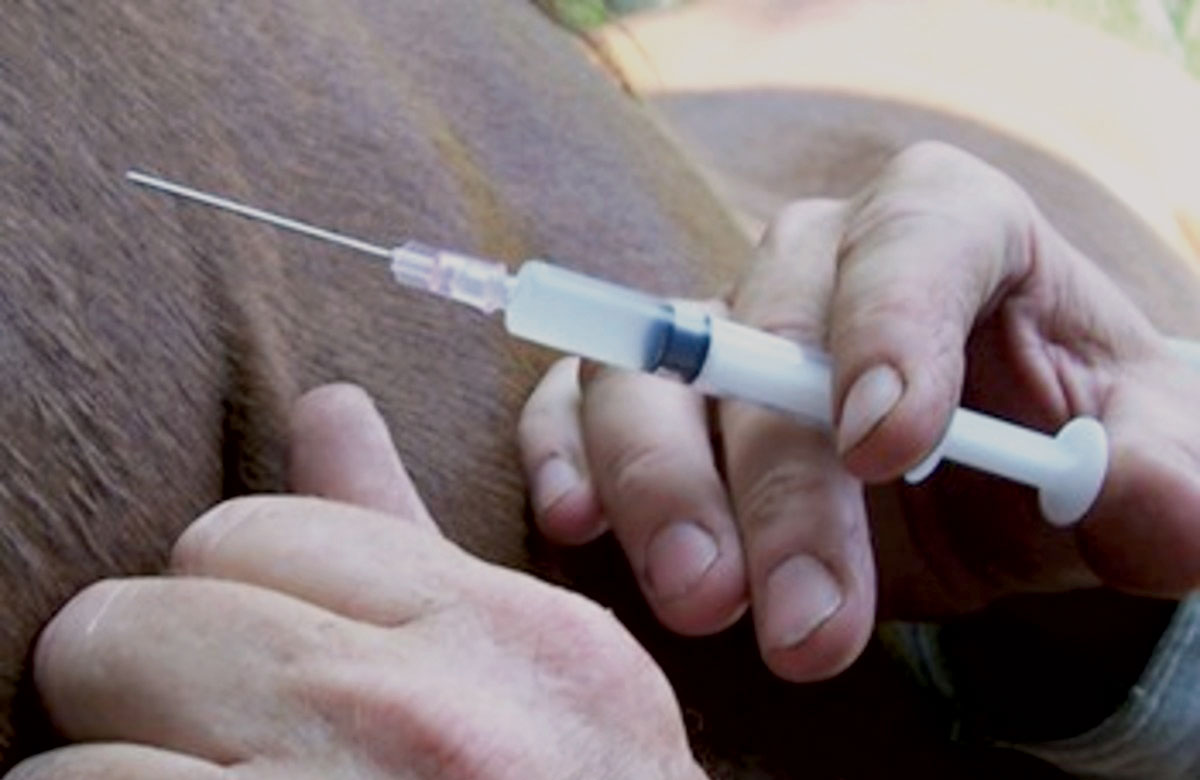

Muscat, FEB 2 - A technical and economic feasibility study linked to the establishment of a major Veterinary Vaccine and Serum Production plant in the Sultanate is expected to be completed by mid-2019.
Billed as the first of its kind in Oman, the project — with an estimated investment of RO 30 million — will also rank among the largest in the Middle East. Given its size and output, the plant is expected to meet the animal vaccine requirements not only of the Sultanate, but also of the wider Arabian Gulf region, Iran, Middle East and North Africa.
“The project aims to provide livestock serums, veterinary medicines and vaccines to prevent diseases and epidemics that are affecting animal husbandry,” said the Ministry of Agriculture and Fisheries in an overview on the proposed venture.
Oman Food Investment Holding Company (OFIC), the food sector investment arm of the Omani government, is spearheading the conceptualization and implementation of the landmark project. A number of private sector companies, as well as investment and pension funds, are expected to participate as equity partners as well.
According to officials involved in its planning and implementation, the Veterinary Vaccine and Serum Production plant is indispensable to the government’s longer-term goal of strengthening the nation’s food security.
Given the mega investments being initiated by OFIC, among other players, in poultry, dairy processing, and meat production projects, as well as other aspects of the food value and logistics chain, a livestock vaccine manufacturing facility is an integral part of this grand vision for Oman’s food sector, an official said.
Investments in domestic vaccine production are also critical to the nation’s long-term biosecurity objectives as well, the official pointed out.
“Take, for example, Oman’s ambitions to boost poultry production to 130,000 tonnes per annum over the next several years. This will entail the breeding of 130 million chickens, each of which will require at least one, if not two or three injections to inoculate them from various diseases and pest.
Likewise, the dairy farm planned in Sunainah in Al Buraimi Governorate will eventually boast a bovine population size of some 25,000 cows. Each of the animals has to be vaccinated against a range of diseases.”
Longer-term, all of these investments and measures will strengthen Oman’s reputation as a country that operates a safe and bio-secure livestock industry, in turn driving the sustainable growth of this sector, and creating jobs and value for the economy as well, the official added.
Oman Observer is now on the WhatsApp channel. Click here



